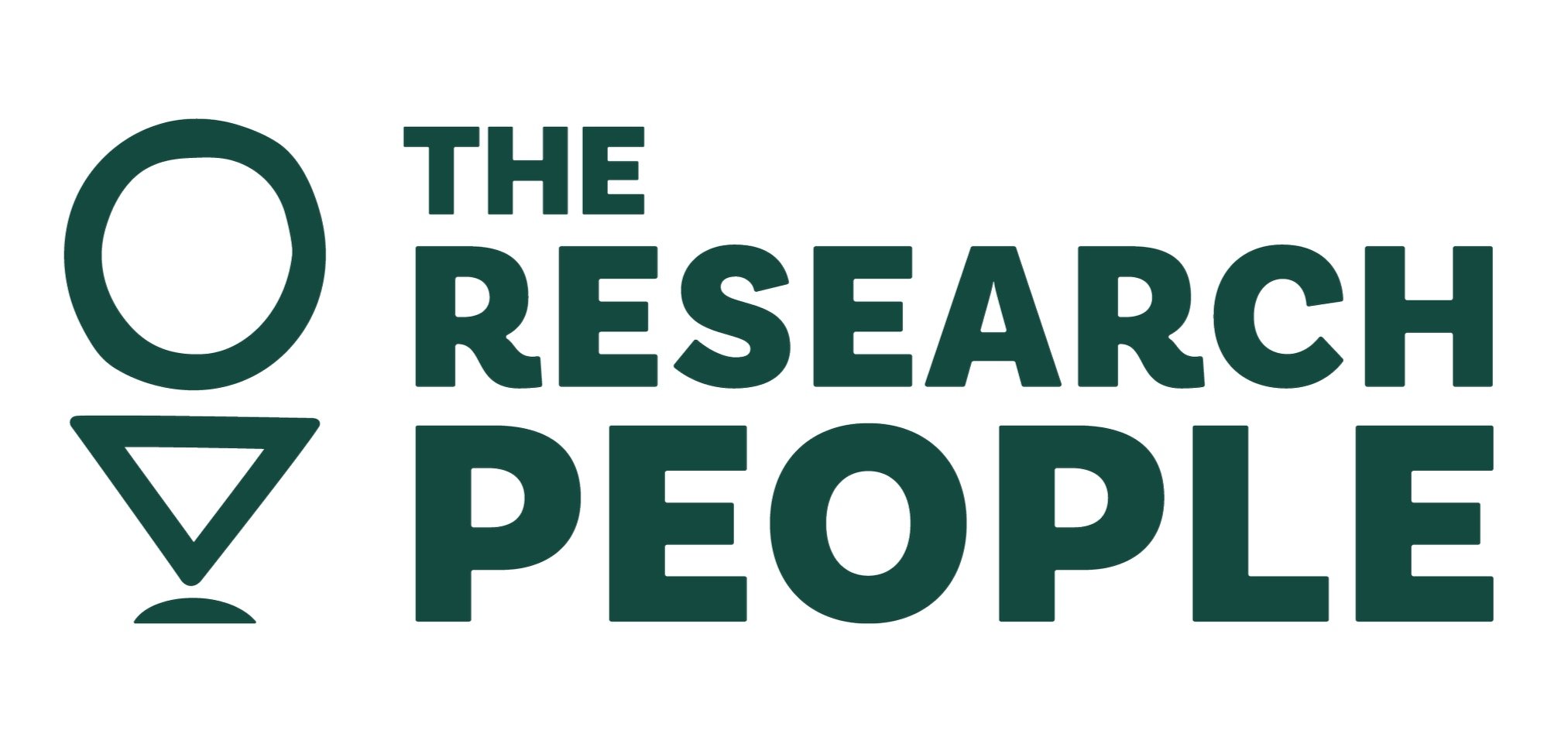About the words we use
This glossary is for researchers and project staff trying to understand some of the terminology used by humanitarian organisations in our major workstreams.
Aid worker
Read More
An aid worker is someone who works to help people in conflict zones or other humanitarian crises by providing support such as food, shelter, health care, education or other resources.
Design thinking
Read More
Design thinking is a user centred process of finding solutions to complex problems through a thorough understanding of what users want and need. It revolves around a deep interest in developing an understanding of the people for whom products and services are designed for. It helps to question the problem, assumptions, and implications of a particular product or intervention.
Humanitarian action
Read More
Humanitarian action refers to the collection of actions intended to “save lives, alleviate suffering and maintain human dignity during and after man-made crises and disasters caused by natural hazards, as well as to prevent and strengthen preparedness for when such situations occur.
Humanitarian actor
Read More
Humanitarian actors are a wide range of organizations, agencies and inter-agency networks that all combine to enable international humanitarian assistance to be channelled to the places and people in need of it. The actions of humanitarian actors are guided by four key humanitarian principles: humanity, impartiality, independence and neutrality.
Humanitarian assistance/aid
Read More
Humanitarian aid is the material and logistical support to people who are in crisis. It is usually short-term help until governments and other institutions replace it with long-term solutions. People in crisis include the homeless, refugees, and victims of natural disasters, wars and famines.
Innovation
Read More
Innovation is the means of adaptation and improvement through finding and developing solutions to problems. Innovation can be in the form of products, processes or business models and it can be applied to nearly any specialized area. Innovation may involve new forms of partnership, and the use of the ideas and coping capacities of crisis-affected people.
Localisation
Read More
Localisation Is the practice of making sure humanitarian preparedness and response is done by those nearest to the crisis affected-populations as they are best placed to respond quickly and appropriately and their interventions are most likely to stay the longest.
Resilience
Read More
The ability of a system or community to absorb, resist, accommodate and recover from the effects of a hazard in a timely and efficient manner. DFID defines resilience as “the ability of countries, communities and households to manage change by maintaining or transforming living standards in the face of shocks or stresses without compromising their long-term prospects.
